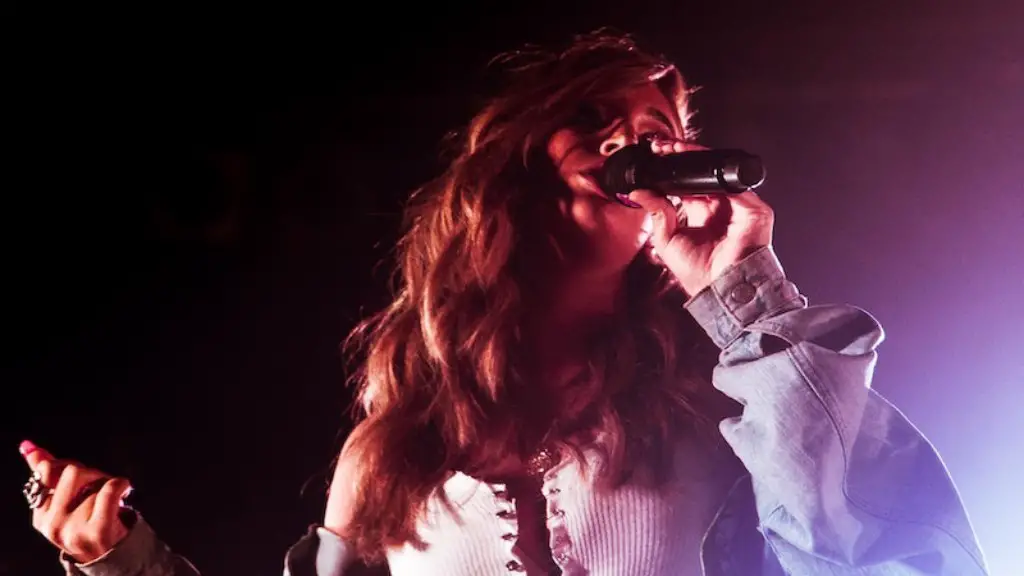Drawing a dragon is a challenging but rewarding task. It takes time, patience, and a lot of practice, but when you master it, it will be a beautiful addition to your portfolio. Before embarking on your journey, you’ll need a proper set of tools, such as pencils, graphite, charcoal, and paper for sketching and inking, as well as a good how-to guide like this one. So, let’s get started.
The first step in drawing a dragon is familiarizing yourself with the anatomy and structure of a dragon, starting with its skeletal frame. To do this, study images of existing dragons, note the size and shape of their wings, the way their scales and claws fit together, and the design of their head, neck, and back. This will give you an idea of what a realistic dragon should look like.
Once you have a good understanding of your dragon’s anatomy, the next step is to give it form. You can start off with a small gesture drawing — a few quick strokes on the page to capture the general shape and body language of your dragon. Then, shape the wings, tail and talons in full detail. Animating the dragon will require more work, so pay close attention to the way the wings flap and how the tail curls up when it flies.
The next step is to breathe life into your dragon by adding color, texture and shading. To create a realistic look, you can use a range of techniques, from watercolor and oil paints to colored pencils and charcoal. Experiment with different materials to find out which ones work best for you.
Finally, it’s time to show your dragon in action. To begin, you’ll need to create or find an interesting background. This could be anything from a background of fire and smoke to a night sky with stars and planets. Once you have your background ready, start drawing your dragon as it soars through the sky with its wings flapping, its claws reaching out, and its mouth open in a roar.
Making your dragon breathe fire is one of the most exhilarating parts of the drawing process. Start by sketching the dragon’s mouth open and then use contours and blurring to give the fire a realistic look. You can also add a few details like sparks and embers to make it more dramatic. With a bit of patience and practice, you’ll master the art of drawing a dragon in no time.
The next section is to expand on the background. To make your dragon look realistic and three-dimensional, you need to pay attention to the details of its environment. Research images of environments dragons are typically associated with — caves, mountains, forests, and the sky. You could also create your own magical realm, or a post-apocalyptic landscape. Start by blocking in the general shapes of the environment, then add details like trees, rocks, and clouds to bring the environment to life.
Your dragon can’t fly without wings, so it’s important to understand how they’re put together. Study the anatomy of dragon wings and make sure to draw them in full detail, paying attention to the shape, structure, and direction of the individual feathers as well as the claw-like tips. Draw them in a variety of poses to create a sense of movement and dynamism.
Colors play an important role in making your dragon look realistic. Pick a range of colors from dark to light, from warm to cool, and from complementary to contrasting. Add highlights, shadows and other effects to the wings, tail, and body to make them look vibrant and alive. Next, add color to the environment. Choose a few shades that best capture the mood and atmosphere of the scene.
Finally, add the smoke and fire — your dragon’s trademark features. To do this, you’ll need to use a variety of line weights and blending techniques. Start by blocking in the basic shape of the fire, then draw the individual flames with thin lines. To create the illusion of smoke, use soft, feathery strokes with a light touch. With practice, you’ll be able to capture smoke, fire, and wings in just a few lines.
